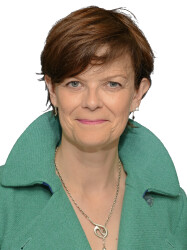BibTex format
@article{Brill:2017:10.1111/resp.13074,
author = {Brill, A-K and Moghal, M and Morrell, MJ and Simonds, AK},
doi = {10.1111/resp.13074},
journal = {Respirology},
pages = {1343--1349},
title = {Randomized crossover trial of a pressure sensing visual feedback system to improve mask fitting in noninvasive ventilation.},
url = {http://dx.doi.org/10.1111/resp.13074},
volume = {22},
year = {2017}
}

